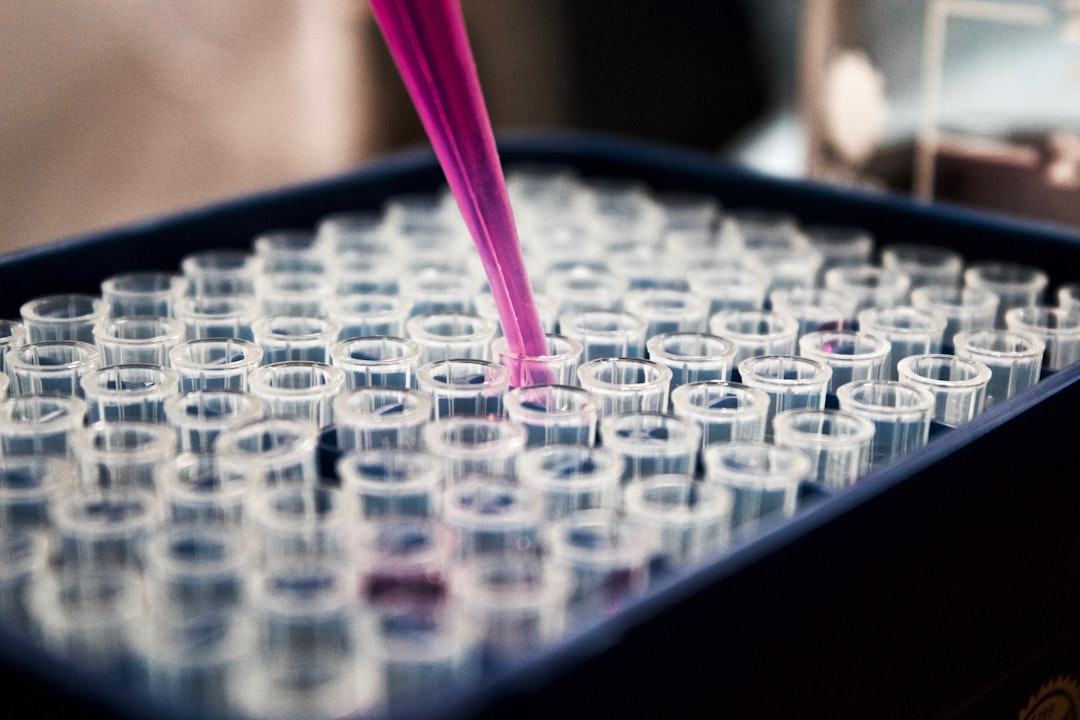What is it about?
Woody biomass has gained popularity as an environmentally friendly, renewable and sustainable resource for liquid fuel production. Here, we demonstrate biotechnological improvement of the quantity and quality of woody biomass by employing wood tissue-preferential production of gibberellin (GA), a plant hormone that positively regulates stem growth.
Featured Image
Why is it important?
In this study, we produced and characterized transgenic Arabidopsis and poplar plants expressing gibberellin-20 oxidase (GA20ox) gene isolated from Pinus densiflora (PdGA20ox1) under the control of either a 35S promoter or a wood tissue-specific promoter (DX15). Previously, PdGA20ox1 was successfully demonstrated to be an important candidate gene for accelerated stem growth. The DX15 promoter was isolated from a gene encoding FASCICLIN-like arabinogalactan protein in Populus trichocarpa, which is specifically and strongly expressed in developing xylem tissue (i.e., wood). Here, we provide experimental evidence that controlled production of GAs through a DX15 promoter can be utilized as an efficient biotechnological tool for producing enhanced plant biomass, minimizing undesirable effects.
Perspectives
For forest tree breeding, improvements of biomass growth and wood properties have been age-old target traits. These traits have become increasingly important in the utilization of woody biomass as environmentally friendly, renewable and sustainable resources for liquid fuel production. Manipulating GA (gibberellin, a growth regulator in plants) concentration to obtain increased biomass has been well documented previously. This study shows that wood tissue-preferential production of GA may provide useful tools for engineering woody biomass production not only in poplar, but also in related tree species.
Professor Jae-Heung Ko
Kyung Hee University
Read the Original
This page is a summary of: Developing xylem-preferential expression ofPdGA20ox1, a gibberellin 20-oxidase 1 fromPinus densiflora, improves woody biomass production in a hybrid poplar, Plant Biotechnology Journal, October 2015, Wiley,
DOI: 10.1111/pbi.12484.
You can read the full text:
Contributors
The following have contributed to this page










